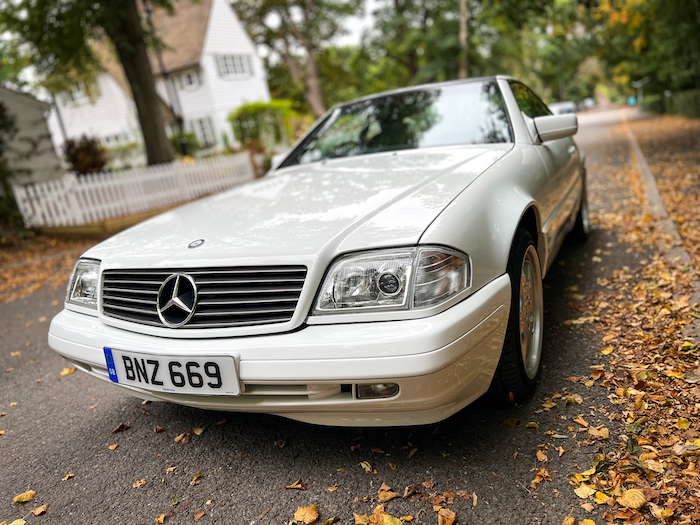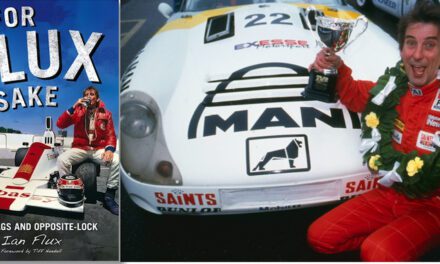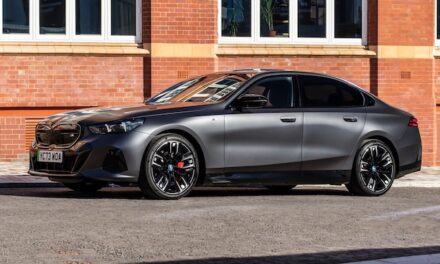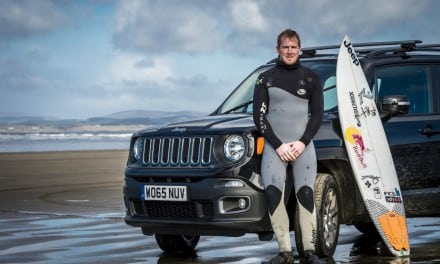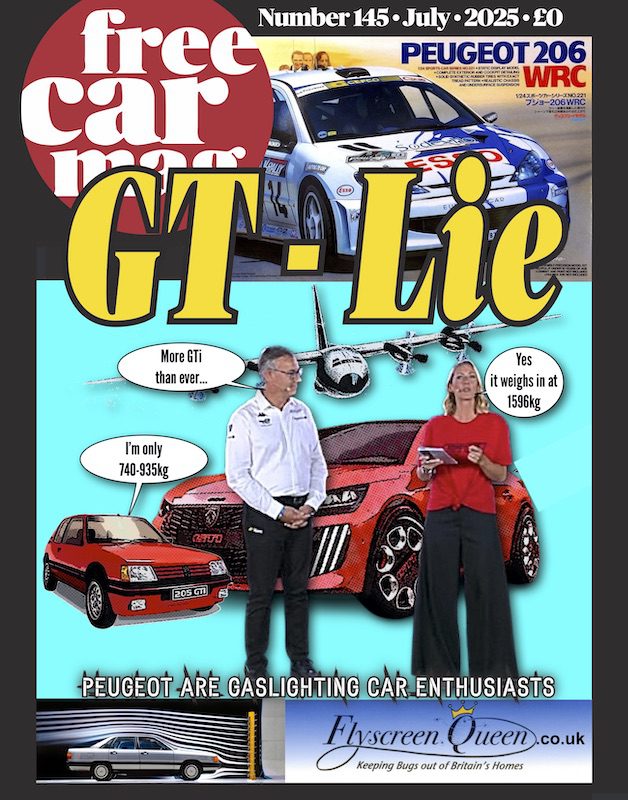The fourth-generation Mercedes SL luxury convertible ran from 1989 right up to 2001, and is often referred to by its manufacturer code name, the R129. A 12-year model cycle is almost unheard of these days in the motor industry, but even at the end of that run, this series SL still looked fresh. Bruno Sacco was responsible for a design that revolutionised Mercedes styling at the time.
The modern square-jawed, sharp-edged appearance immediately made the previous SL look dated (though those are looking tasty again). The R129 certainly had a few tweaks along the way, and by 1996 the questionable two-tone paintwork had been dropped, the bumpers restyled, plus the side vents behind the front wheel arches had been reduced to two instead of the previous three, and made more streamlined.
Even today it looks handsome. This white SL 320 from 1996 being reviewed, is particularly enticing as it has the rare optional panoramic glass hardtop (an extra costing well over £2000 at the time) making it highly collectible. All models came with a removable hard top as standard, though at well over 30kg, this wasn’t something you’d whip off at whim. It was a two-man job, in fact in the boot of this particular SL is a hoist set-up for installation at your garage that helps to lift it off. Then you need a stand to store it on.
Ideally, you’d take it off for the summer, and then use the built-in power-folding canvas top. It also concealed one of the several firsts for this car, a pop-up roll-over hoop. You could set it at the upright position through a button on the dash, or rely on it to erect in milliseconds if an impending roll-over was detected.
Mercedes were always leaders in crash safety and this generation got front and side airbags, ABS, traction control (or ‘Acceleration Slip Regulation’ as it’s called here), brake assist and steel side-impact protection beams. The SL was based on the shortened platform of the W124 Mercedes, the E-Class of that era and received sophisticated suspension including a multi-link rear set-up and even an early form of adaptive suspension on the high-end models.
You were spoilt for choice when it came to drivetrains, with V6, V8 and V12 offerings! The 2.8-llitre was even available with the rare manual gearbox. A 3.0-litre was joined by a 24-valve version, but replaced in 1996 by a 3.2 as fitted to this car, these were liked for low-end torque and their robustness. If you wanted more muscle there was the 325bhp 5.0 V8 and a near 400bhp 6.0 V12 range-topper.
The SL 320 offered 230bhp and 229lb ft of torque, giving it 0-62mph acceleration in 8.4 seconds, just short of a 150mph top speed and a reasonable 22.4mpg combined fuel economy figure. It drove the rear wheels through a five-speed auto (previous cars had a four-speed).
Brand new this car would have cost about £63,000 (£65k with the glass roof) and yet today you can pick up decent SL320 examples for between £7k-15k, although budget on £20k-25k for the top end models. These are still relative bargains. Be in no doubt that now is the time to invest, as prices are likely to start creeping up on the best examples in the next few years.
And while they are on the cusp of classic status, these SLs are still perfectly usable as daily drivers. The boot may not be the most practical, as the roof and rollover hoop mechanism takes up most of the space in the back. There’s also a compartment to carry the wind deflector that fitted behind the front seats to reduced buffeting. A couple of weekend bags or probably a set of golf clubs is about all you’d get in here.
This SL does have rear seats, though they are barely usable with no legroom whatsoever. Alternatively, you’d just get extra storage instead. The front seats, however, are a phenomenon. They were the subject of 20 patents. For the first time ever the seat belt was built into the chair which was reinforced in the back and base with magnesium alloy. The seat controls were on the door, and raising the headrest would also see the seat belt level rise, another first!
However, on this actual car that didn’t work on the driver’s side. In fact, the panel for the seat belt retractor kept coming away. As did the trim behind the passenger side rear view mirror (the driver’s side had been bolted back on with a screw!). Additionally, the passenger-side sun-visor was broken, as was the retractable roof blind. And the lid for the compartment on the top of the dashboard was also jammed shut.
Don’t misunderstand, this is no shabby car. It’s been very well looked-after, with full history and perfectly presented – although this is a foreign-imported car as is evident from the instrument panel calibrated in kph and l/100km. But it seems the late 90s was when Mercedes let some of its build quality standards start to slip.
It’s a little disappointing, and frankly a put-off when contemplating owning this car – after all you expect an old Mercedes to be solid. Which mechanically, this car is. It feels as over-engineered as any Mercedes of the 80s and 90s.
On the go it becomes clear that this is a cruiser, it has adequate performance, with reasonable handling, slightly wayward steering, good brakes, sluggish transmission by today’s standards, but truly excellent ride. It’s very much a grand-tourer for devouring many miles in the sun and arriving at your destination in style and comfort.
But it’s not for the keen driver. Which begs the question as to why you’d have one? It’s not quite yet classic enough on our roads to really stand out and attract admiring glances and regular thumbs-ups, in the way that its predecessor, the much cruder R106 SL now does. While it might not win hearts, it wins logic. With prices so low, on cars that are highly usable, and future investment potential almost guaranteed, it’s one for the long haul. Buy it now and keep it, it’ll last, and one day you’ll be glad you did.
BrownCarGuy.com
YouTube.com/BrownCarGuy
Facebook.com/BrownCarGuy
Instagram.com/ShahzadSheikh
Twitter.com/Shahzad_Sheikh

